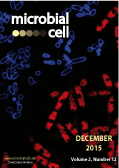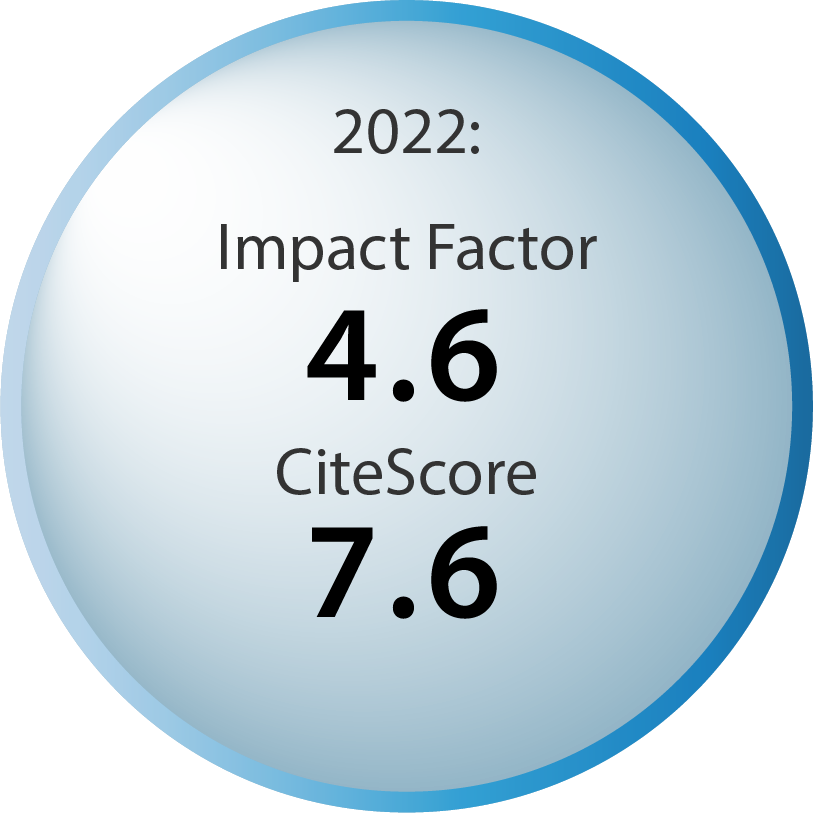Table of contents
Volume 2, Issue 12, pp. 454 - 493, December 2015
Groupthink: chromosomal clustering during transcriptional memory
Kevin A. Morano
Editorial | page 454-457 | 10.15698/mic2015.12.244 | Full text | PDF |
Yeast proteinopathy models: a robust tool for deciphering the basis of neurodegeneration
Amit Shrestha and Lynn A. Megeney
Viewpoint | page 458-465 | 10.15698/mic2015.12.243 | Full text | PDF | Abstract
INO1 transcriptional memory leads to DNA zip code-dependent interchromosomal clustering
Donna Garvey Brickner, Robert Coukos and Jason H. Brickner
Research Articles | page 481-490 | 10.15698/mic2015.12.242 | Full text | PDF | Abstract
By continuing to use the site, you agree to the use of cookies. more information
The cookie settings on this website are set to "allow cookies" to give you the best browsing experience possible. If you continue to use this website without changing your cookie settings or you click "Accept" below then you are consenting to this. Please refer to our "privacy statement" and our "terms of use" for further information.










